No. It is not edible. No. It is not medicinal. Well… maybe it is medicinal, and if anyone says it is edible I ain’t going to try it.
Locally you can see two different “Horse Nettles” this time of year, neither are proven edible as far as I know. One has red fruit, the other yellow (and that can vary, too.) The latter is Solanum Carolinense and that is definitely off limits. Toxic. The former, Solanum ciliatum is more iffy. It is also called a Soda Apple or the Tropical Soda Apple.
The first problem is S. ciliatum is not native. How it got to the United States is a good guess. Some think the seeds arrived in the intestional track of cattle from South America. The second problem is some members of this family grow more toxic as they age while others grow less toxic. There are reports of S. ciliatum being used medicinally for things like rheumatism, arthritis, and skin diseases. It does contain steroidal alkaloids. It has also poisoned cattle and sheep (which makes one wonder if it is that toxic to cattle why do they think it was imported in the dung of cattle? However, it might be that leaves and fruit have different toxicities. The poisoning could have come from leaves or green fruit while the ripe fruit seeds were just non-digested hitchhikers.) The third problem is the plant itself has had well over a dozen botanical names, close to a dozen and a half actually. That makes it difficult to know what plant is actually being discussed and if the traits attributed to it are really about that plant.
The worse problem is that about a decade ago I found an American university publication that listed the species as edible. Do not try to eat it because that is just too iffy for a plant that is also widely reported as highly toxic and fatal, especially the green fruit. I suspect the university botany department was just as confused regarding the identification of the plant as are others. What I wonder about is the ripe fruit. I’ve never seen any credible reference with the necessary details. What I would like to know is what if anything did Brazilian natives do with the plant? That could be a credible reference. Perhaps some of our Portuguese speakers can find that out. Indeed, on one Brazilian site it says (if the translation is to be trusted) “every child ate that fruit” and “consumption can only eat the skin with a thin layer of meat. The seeds are bitter and are not intended for consumption. The rind of the fruit can also be used in cooking, using it just like chili.” BUT… is it the same species? I am NOT going to try.
This time of year two wintertime foragables come up, one quite esteemed the other barely edible. They can at first glance look similar so I’ll mention them together.
The first is Henbit. It’s in the mint family but does not smell or taste minty. It does, however, have a square stem and the blossoms resembles mints. In northern climates it is one of the first green plants to pop up after the snow goes (it and chickweed.) Locally it likes the cooler months of the year. It was esteemed by the natives because among all the spring greens it is not spicy but rather mild if not on the sweet side. What can be confusing about it is that the leave shape and stem length is different from young to old leaves. But they all have a scalloped shape. It also has a similar looking relative that is also edible called Dead Nettle. You can read about Henbit here.
Also found in lawns this time of year are wild geraniums, usually Cranesbill or Stork’s Bill. (Why one is one word and the other two-words possessive I do not know.) Botanically they are Geranium carolinianum and Erodium circutarium. Neither is great foraging. In fact both are more medicinal than edible but they seem to get mention in a variety of foraging books. The problem is they are extremely bitter. You might be able to toss a little bit of both in a salad but that’s about the extent of it. If you have what you think is a Cranesbill or a Stork’s Bill but it has more of a bottle brush blossom than five petals you might have the non-edible Fumaria. It comes up this time of year and from a distance the leaves can remind one of the wild geraniums. To read more about them go here.
Foraging Classes:
Sunday, Dec. 13, Mead Garden,1500 S. Denning Dr., Winter Park, FL 32789, 9 a.m.
Sunday, Dec. 20th, Dreher Park, 1200 Southern Blvd., West Palm Beach, 33405, 9 a.m.
Sunday, January 17th, 2016, Sunday, Nov. 15, Mead Garden,1500 S. Denning Dr., Winter Park, FL 32789, 9 a.m.
To learn more about the classes go here.
All of Green Deane’s videos are available for free on You Tube. They do have ads on them so every time you watch a Green Deane video I get a quarter of one cent. Four views, one cent. Not exactly a large money-maker but it helps pays for the newsletter. If you want to see the videos without ads and some in slightly better quality you can order the DVD set. It is nine DVDs with 15 videos on each. Many people want their own copy of the videos or they have a slow service and its easier to order then to watch them on-line. They make a good Christmas or birthday gift. Individual videos can also be ordered. You can order them by clicking on the button on the top right of this page or you can go here.
This is newsletter 185.
To donate to the Green Deane Newsletter click here.

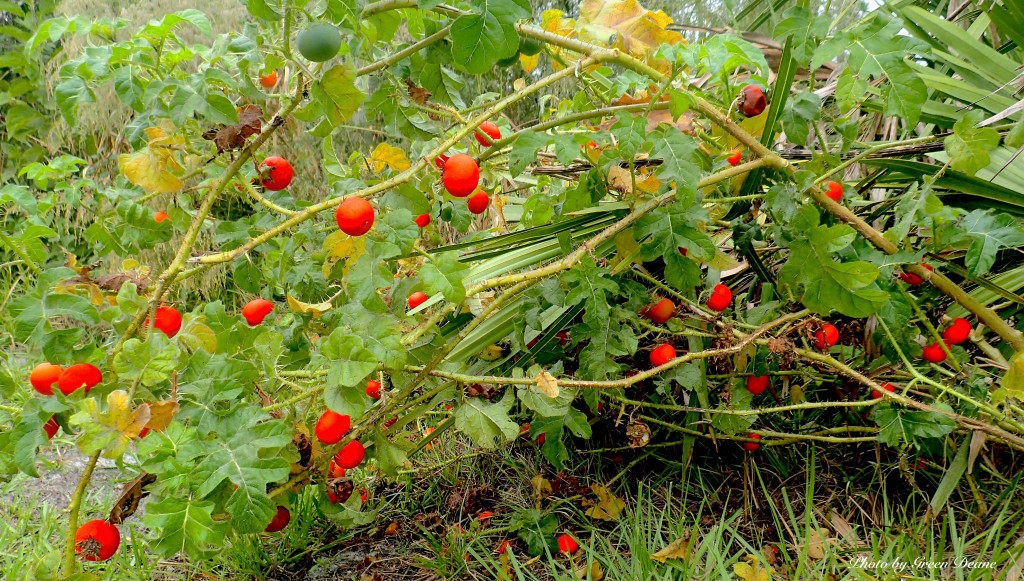
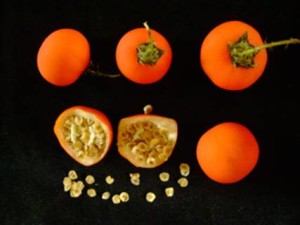
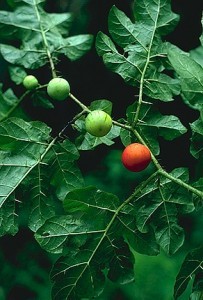
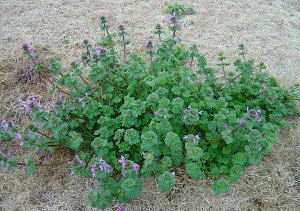
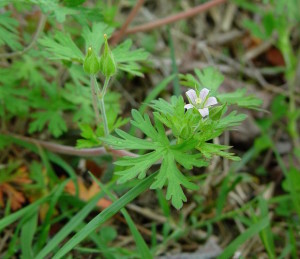
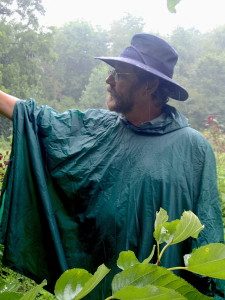
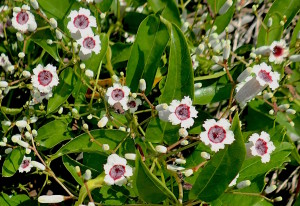
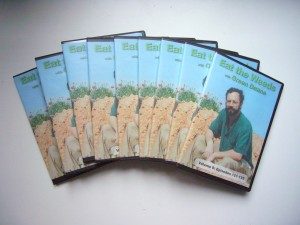

love reading your informative website. Wish you were up here in Northern NJ/metro NY area. Anytime you decide you want to speak at a Master Gardener meeting, let me know.
A famous saying of ours “La yuofta wa Malik fee El Medeena “ – I Say “ La youfta wa Green in…”,This has to do with edibility of Solanum carolinense (and S. ciliatum ) . After all that you’ve mentioned about edibility, I think he , who eats these species , is deliberately committing suicide. Now, Malik ibn Anas – 8th century B.C. – mercy upon him , by virtue of wide knowledge and learning is honoured as “ Proof of the Community, “ and other great titles.
I’ve gone through your article “Henbit: Top of the pecking order” . Thank you for the linguistic factorid. I’ve never thought of “great” Caesar to mean “bald”; but well and good for “Master Gardener”. What if I tell of an authority in my country named “Glechoma” that is his first name and surely not a genus or family name.
Also as an aside, “ Purpureum” which originated from a Greek word for a particular shell fish brought to my mind how once chemists in the past used colours in naming complex compounds e.g. “ Perpuro cobaltic chloride of assumed formula “CoCl3.5NH3”. Now it is formulated as: [ CoCl(NH3)5]Cl2” and systematically named as a coordinated compound “Penta-ammine cobalt(III) chloride” . It is purple in colour.
Do you plan on doing any classes on Saturdays in 2016 ? Most of my classes this year were on Saturdays.
Yes, I just haven’t started the scheduling yet. I book about six to eight weeks out.
Sou brasileira e tenho a planta Solanum Ciliatum no meu jardim. Esta fruta não é comestível. Usamos apenas para embelezar o jardim.
Aqui no Brasil ela é conhecida como tóxica e ninguém come. É muito difícil encontrar alguma informação científica sobre esta planta, pois ela é pouco conhecida e pouco estudada. Abraço
(I am Brazilian and I have the Solanum ciliatum plant in my garden. This fruit is not edible. We use only to beautify the garden. Here in Brazil it is known as toxic and no one eats. It is very difficult to find some scientific information about this plant, because it is little known and poorly studied. Hug)